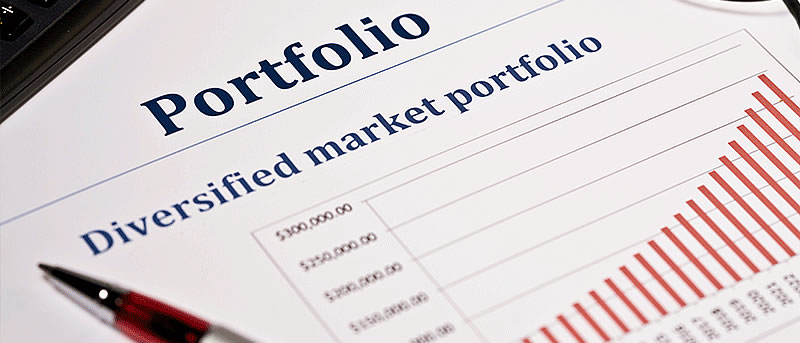“…the higher the risk, the higher the return. If that is true, we must tread the middle ground.”
Last week we discussed the importance of hedging our wealth against erosion caused by inflation, price fluctuation, unfavorable interest rate movements, currency fluctuation, overconcentration on one asset type and other factors. We observed that the simplest way of hedging is obeying the common maxim – do not put all your eggs in one basket. This is done via portfolio diversification. How do we diversify our investment portfolio without spreading ourselves too thin? Overdiversification results in a situation where individual assets become immaterial and so cannot make sufficient impact to generate a healthy return on investment (ROI). This week we would look at the basic principles for optimal diversification.
Diversification requires investment in various asset classes and in different assets within each asset class in order to achieve the following objectives; spreading of potential risks associated with different types of investments, spreading of income flow so that income can be generated throughout the year, investing in high yielding and not-so-high yielding investments and so have a good average ROI, investment in inflation resistant assets and protection from currency shocks.
Achieving the first objective is simple. Invest across as many asset classes as you can without spreading yourself too thin. Have investments in money market, stock market, real estate and private equity. Within each asset class invest in different assets. In money market, invest in FGN treasury bills, mutual funds or bank fixed deposits. In stock market, we can invest in food and beverages, banks or building materials manufacturers.
To achieve objective of spreading out income flows, ask the advice of more mature investors, bankers or stockbrokers. Due to CBN regulations, most banks declare their results and pay dividends around the same time, so a portfolio with only bank shares would mean, you earn your income only around March/ May every year. However, some banks pay interim dividends around August, so that should be borne in mind when choosing the banks to invest in. Generally, we have a greater control over the flow of income from money market instruments. We can choose to invest in 30-day, 90-day or other tenors. Note that interest rates vary depending on amount invested and tenor. If the investment is substantial, income from a 30-day fixed deposit can serve as a monthly salary for a pensioner. This would be in addition to income from a retirement savings account or retirement insurance annuity – which themselves are investments that help diversify our portfolio to achieve sufficient income flow when we stop working.
The popular saying goes; the higher the risk, the higher the return. If that is true, we must tread the middle ground. We cannot sacrifice ROI on the altar of risk however, we must not become too reckless as to lose our whole portfolio. Since people have different risk appetites, each must balance out her portfolio with an optimal combination of high risk/high yield assets and low risk/low yield assets. High risks assets include stock market investments as there is no guarantee that you would not lose a substantial portion of your initial investment. Low risks assets include insurance annuities, which guarantee that you can never lose your initial investment; however, inflation may have eroded the buying power of that investment.
Diversifying with inflation resistant assets means we invest in assets whose capital growth increases faster than inflation. Some mutual funds and insurance annuities benchmark themselves against inflation so, having these in our portfolio helps to reduce the erosive effect of inflation on our wealth. However, the asset class that consistently outperforms inflation is real estate. Not only can landlords increase rent income to match inflation, property values consistent grow at multiples of inflation rate. So, present income is safeguarded, and future value is secure.
Diversifying to hedge against currency shocks requires that one has sufficient investments in two internationally accepted, stable currencies. However, return on FX investments are known to be ridiculously low. Herein lies the risk-return dichotomy. Because inflation in those economies ranges from 1-2% as against our own double-digit inflation, ROI from investments in those currencies ranges from 1-3% per annum. That’s the rate Nigerian banks pay on ordinary savings accounts. However, we can choose to buy FX based mutual funds or equities which deliver higher revenues. The general wisdom is this, keep only a minimal investment in FX when the Naira’s value is stable (as it has been since 2017).
Portfolio diversification is vital for protecting our wealth without losing capital growth. Let’s follow these basic principles and watch our wealth grow.



